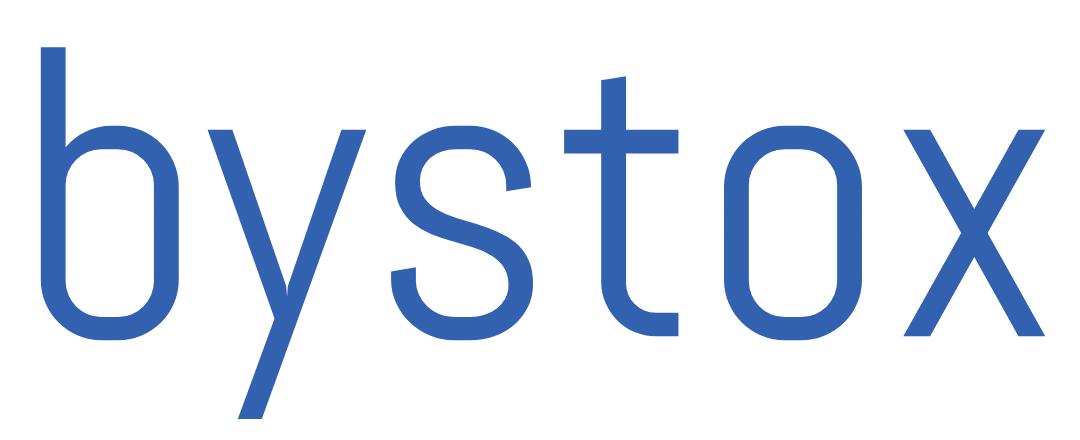Following the green light from the National Payments Corporation of India (NPCI) allowing One97 Communications Limited to join the UPI platform as a third-party app, Paytm’s landscape is evolving with the integration of Yes Bank and Axis Bank onto its app interface, effective from early March 15. This integration heralds a new era, enabling users to effortlessly create new handles within the Paytm ecosystem.
Coinciding with this transformative development is the looming deadline set by the Reserve Bank of India (RBI) for Paytm Payments Bank Limited (PPBL) to halt all banking operations. PPBL had hitherto served as the backbone, facilitating UPI transactions for Paytm.
The paradigm shift entails new UPI registrants on the Paytm app receiving handles backed by Yes Bank and Axis Bank, replacing those previously affiliated with Paytm Payments Bank Limited. The shift in bank affiliations is in response to stringent regulatory measures imposed by the RBI, effectively rendering PPBL inactive in its previous capacity.
The introduction of Yes Bank and Axis Bank brings forth a revamped user experience, with Yes Bank initiating a closed user group under the @ptyes handle, and Axis Bank adopting @ptaxis handles, tailored to accommodate Paytm’s diverse user base.
Moreover, Yes Bank shoulders the additional responsibility of transitioning existing @paytm handles to its domain, a process currently underway. Given Paytm’s staggering 90 million UPI user base, predominantly associated with @paytm handles, this migration marks a monumental undertaking, facilitated collaboratively by Paytm and its banking partners.
This pivotal transition underscores the symbiotic relationship between fintech giants like Paytm and traditional banking institutions, symbolizing a collaborative effort to adapt to regulatory mandates while ensuring uninterrupted and enhanced financial services for consumers. As Yes Bank leads the charge, other banking entities are poised to follow suit, gradually assuming control of these handles alongside Yes Bank, thereby reshaping India’s digital payment landscape.
In the imminent days, the financial landscape is poised for a significant shift as India’s largest lender, State Bank of India (SBI), and the leading private sector institution, HDFC Bank, gear up to integrate into Paytm’s burgeoning UPI ecosystem. Upon launch, users can expect to transact seamlessly using the newly introduced handles: @ptsbi for SBI and @pthdfc for HDFC Bank.
This landmark development underscores the pivotal role of these four banks as Payment Service Providers (PSPs), serving as the vital link bridging third-party applications to the expansive banking infrastructure. Their integration not only amplifies Paytm’s reach but also enhances the accessibility and convenience of digital transactions for millions of users across the country.
While the regulatory landscape has mandated Paytm Payments Bank Limited (PPBL) to cease all banking operations, a notable exception has been granted to PSP services. Recognizing the intricate process involved in transitioning users, the Reserve Bank of India (RBI) has allowed for a grace period, ensuring a smooth migration to the new banking partners.
With Paytm commanding a formidable 11 percent market share in the UPI domain, processing over three billion beneficiary transactions and approximately 1.6 billion outgoing transactions, the seamless transition from PPBL to these esteemed banking institutions becomes imperative for sustaining the seamless functionality of the world’s largest real-time payment system, UPI.
Sources: moneycontrol.com

